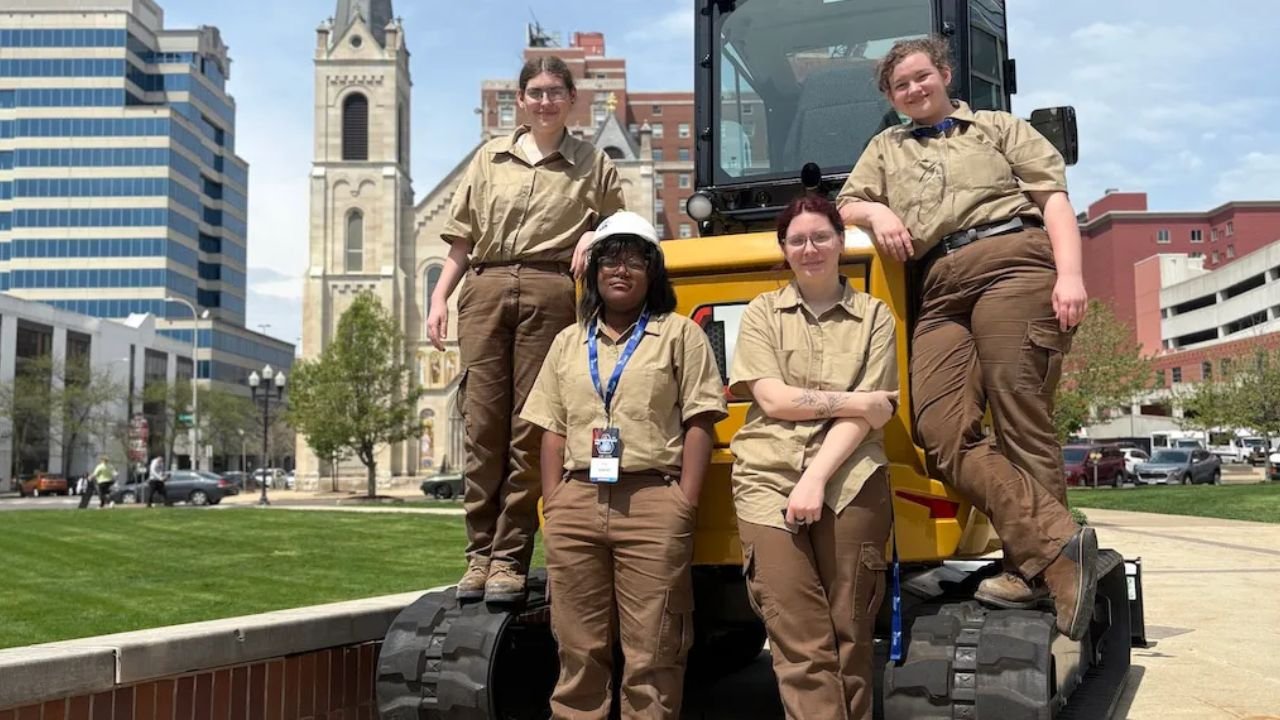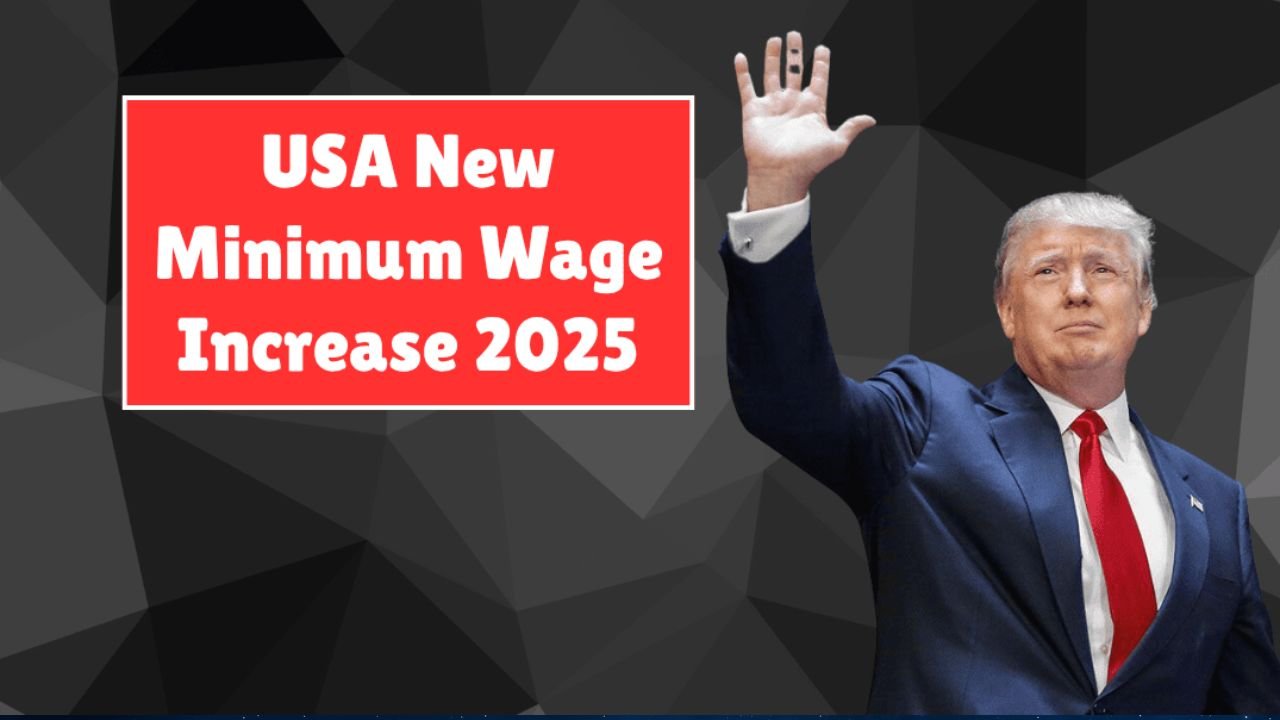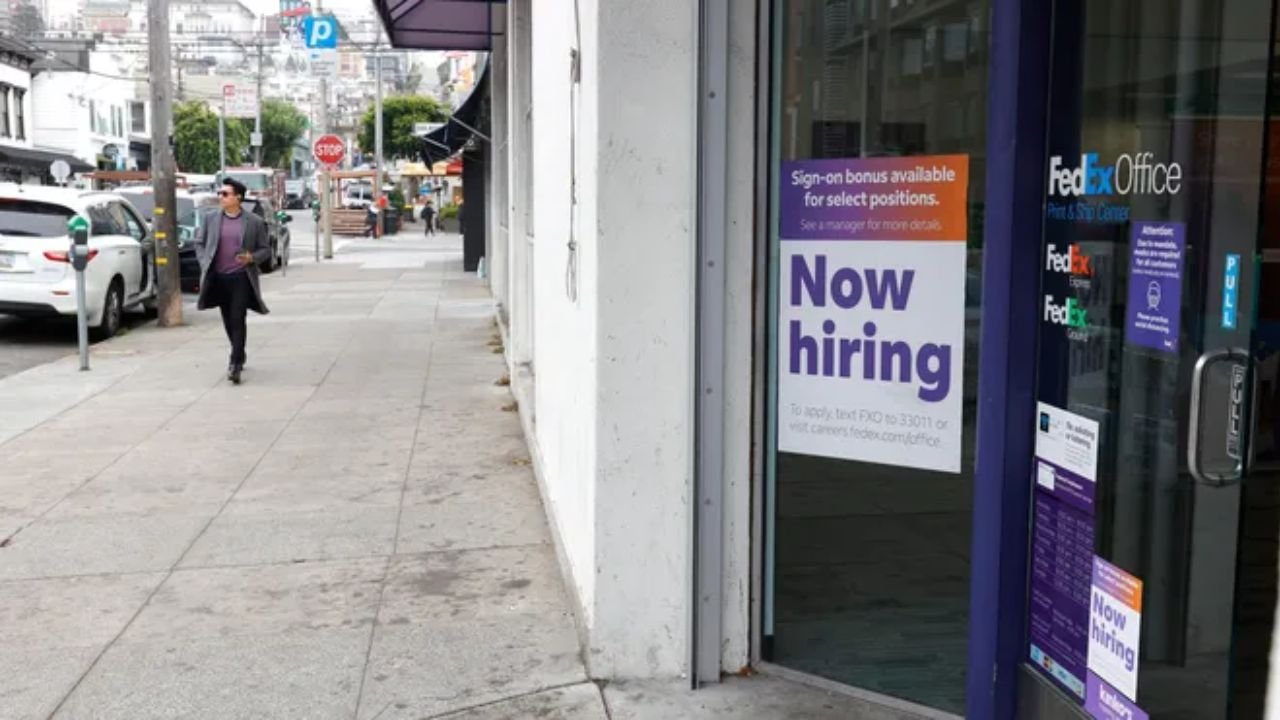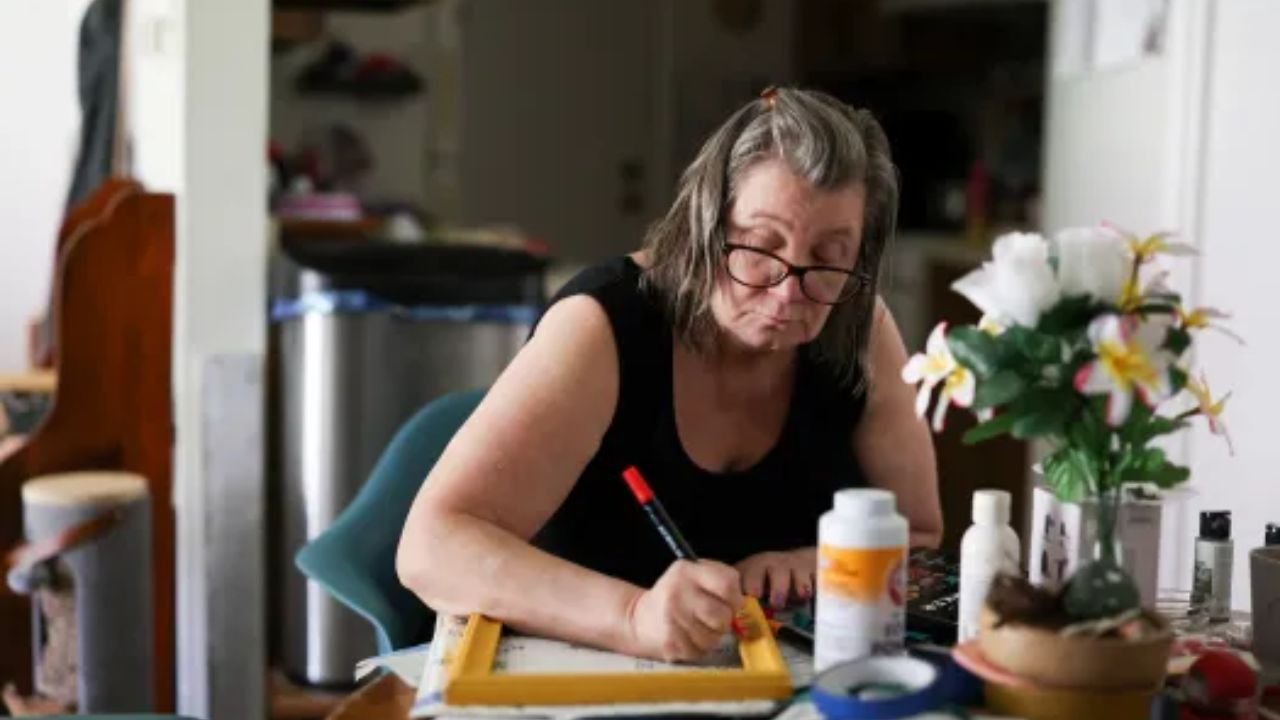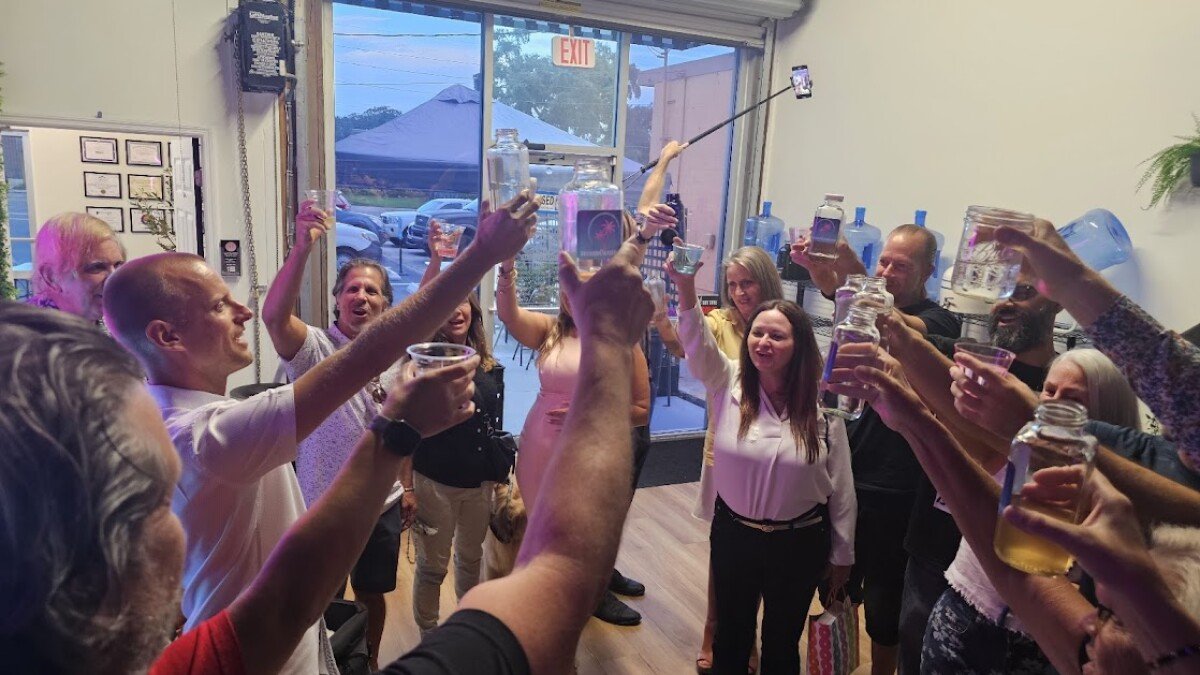CHICAGO — At first glance, the hustle and buzz of the annual SkillsUSA Illinois competition in Peoria may seem like a celebration of progress. Students compete in everything from automotive repair to home construction. But beneath the cheers and accomplishments lies a troubling truth: Illinois’ skilled trades remain largely inaccessible for women and people of color.
In the architecture and construction team competition this spring, an all-female team competed for the first time in the event’s 60-year history. For team captain Amyla Walls and her teammates Aubrey Levin, Kayhl Miles, and Catelin Wesley, the moment was both historic and daunting.
“They’re going to be like, ‘You’re the first all-female team,’ and I’m going to be like, ‘Please don’t look at my electrical,’” Levin joked.
That mix of pride and pressure underscores a much larger issue: Illinois’ construction and skilled labor industries have a longstanding diversity problem — one that continues to affect access, wages, safety, and workforce sustainability.
A Persistent Representation Gap
According to U.S. Department of Labor data, women have consistently made up fewer than 10% of Illinois construction workers over the past decade. Before 2021, women comprised less than 5% of new apprentices. Racial minorities also face disproportionately low representation in leadership roles and among unionized laborers, despite their presence in lower-tier or non-union positions.
Nationally, the Institute for Women’s Policy Research (IWPR) found that only 1 in 20 construction workers was a woman in 2020 — the year with the highest number of women in trades. While male workers saw increasing pay and job security during the pandemic recovery, women in trades reported slower wage growth and fewer job promotions.
“The numbers aren’t just disappointing. They’re dangerous,” said Rachel Wilt, a workforce equity researcher. “When entire demographics are locked out of industries critical to infrastructure and safety, everyone pays the price.”
Barriers to Entry and Advancement
The lack of representation isn’t due to lack of interest. Several factors contribute to this enduring gap:
- Cultural Stereotypes and Hostile Work Environments: Many women report harassment, lack of mentorship, and isolation on job sites.
- Limited Early Exposure: High school programs often fail to actively recruit girls or students of color into vocational pathways.
- Unequal Pay and Career Advancement: Even when hired, women and minorities are less likely to be promoted or given leadership roles.
- Childcare and Scheduling Conflicts: Trades often require long, inflexible hours — a barrier especially for single parents.
“It’s hard to commit to a 4 a.m. concrete pour if you’re also trying to get kids to school,” said Maria Gonzalez, a single mother and apprentice welder in Joliet.
Workforce Demand Is Rising — So Why Isn’t Access?
Illinois is experiencing a skilled labor shortage as older workers retire and infrastructure projects increase under federal investment packages like the Bipartisan Infrastructure Law.
A 2023 report by Associated Builders and Contractors estimated a nationwide shortage of more than 500,000 skilled laborers. Illinois alone could face a gap of over 60,000 workers within the next five years.
“If we don’t broaden who’s included, we won’t be able to build the roads, bridges, and schools we need,” said Terry Leathers, an administrator at the Bloomington Area Career Center.
Efforts Toward Inclusion
There are promising signs of change. Organizations and programs across Illinois are working to close these gaps:
- Chicago Women in Trades (CWIT) has trained thousands of women for careers in construction since 1981.
- The Illinois Works Pre-Apprenticeship Program received $18 million in 2023 to expand training for underrepresented groups.
- Some unions are now enforcing anti-discrimination agreements, promoting inclusive job sites.
- Career centers like Bloomington’s are actively highlighting success stories of diverse students in the trades.
Additionally, Governor Pritzker’s Rebuild Illinois initiative emphasizes equity in contract hiring — but watchdog groups say stronger enforcement and tracking are still needed.
Chart: Gender and Racial Representation in Illinois Skilled Trades
% Workforce Representation (2023)
-------------------------------
White Male Workers 78%
Black Male Workers 7%
Latino Male Workers 6%
All Female Workers 9%
Female Workers of Color 1.5%
Source: Illinois Dept. of Labor and IWPR
This chart shows the severe underrepresentation of women and people of color, especially in leadership roles within trade sectors.
What’s at Stake
Without stronger inclusion efforts, Illinois risks:
- Delayed Projects: Public infrastructure timelines may suffer due to labor shortages.
- Economic Inequity: Families already facing systemic disadvantages will miss out on high-paying trade jobs.
- Brain Drain: Talented individuals may leave Illinois for more welcoming environments elsewhere.
- Wage Suppression: Lower diversity reduces competition, lowering bargaining power for all workers.
“We can’t afford to gatekeep these careers any longer,” said Sen. Celina Villanueva, who has sponsored legislation to improve equity in state-funded job training.
Voices from the Field
“I was the only Black woman in my HVAC class. At first I thought, ‘That’s kind of cool.’ But when my tools started disappearing, I realized it was a problem.”
— Nia Dawson, recent graduate of a south suburban HVAC program
“Our daughters need to see that they can build homes, fix wiring, and run job sites just like anyone else.”
— Leticia Martinez, CWIT mentor and former union carpenter
How You Can Support Equity in Trades
- Encourage your local schools to offer inclusive vocational programming.
- Support organizations like CWIT, Illinois Works, and Revolution Workshop.
- Advocate for city and state governments to include equity clauses in all contracts.
- Talk to young women and students of color about trades as viable, respected careers.
- Attend public hearings or workforce development events in your area.
Have you faced barriers breaking into the trades in Illinois? Do you know a program making a difference?
Share your story in the comments or visit ChicagoSuburbanFamily.com for more stories, resources, and ways to support a more equitable workforce in Illinois.

